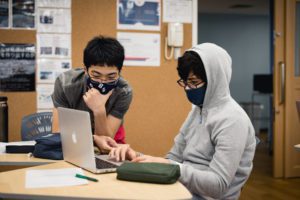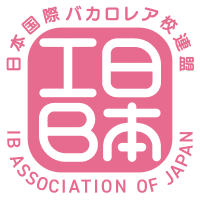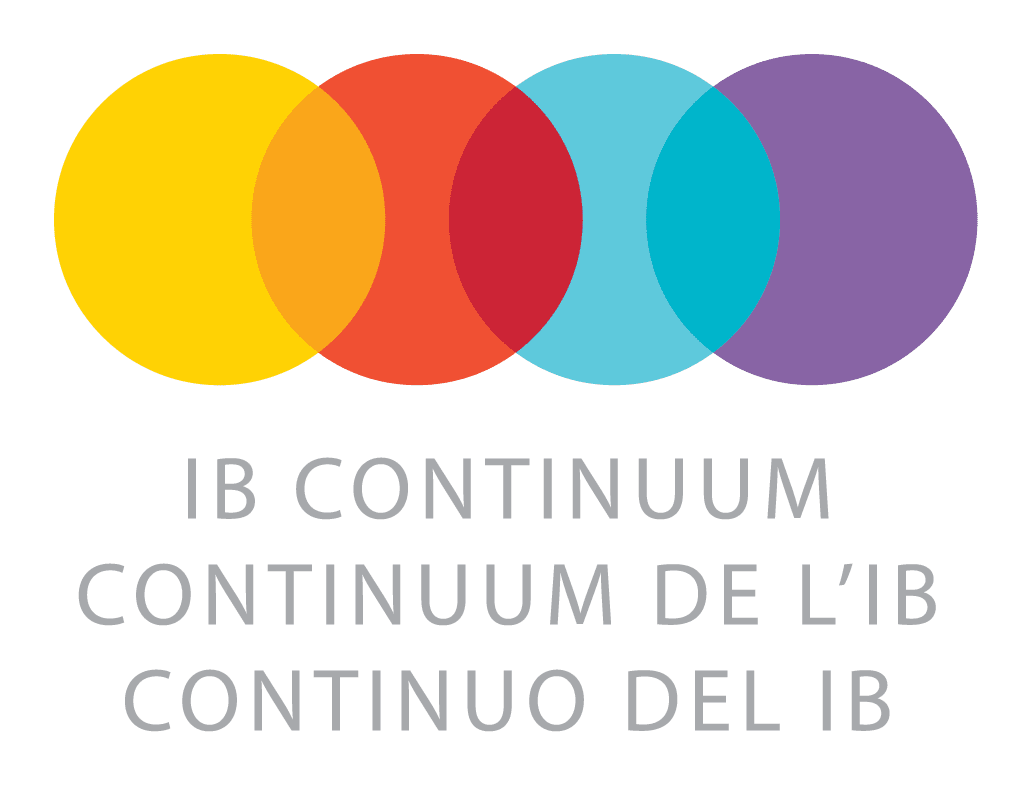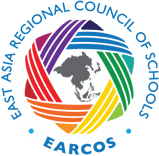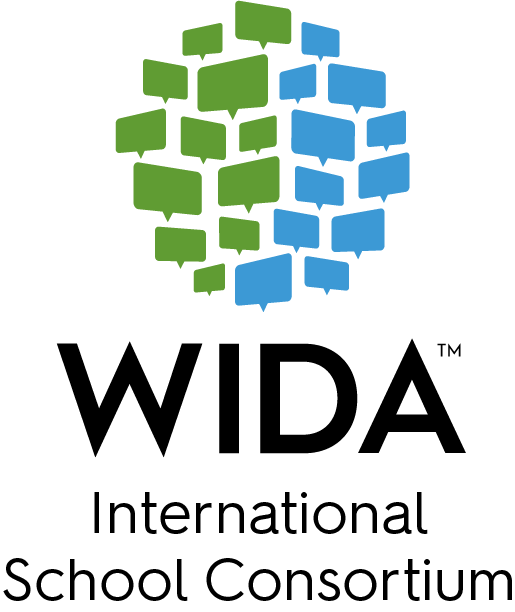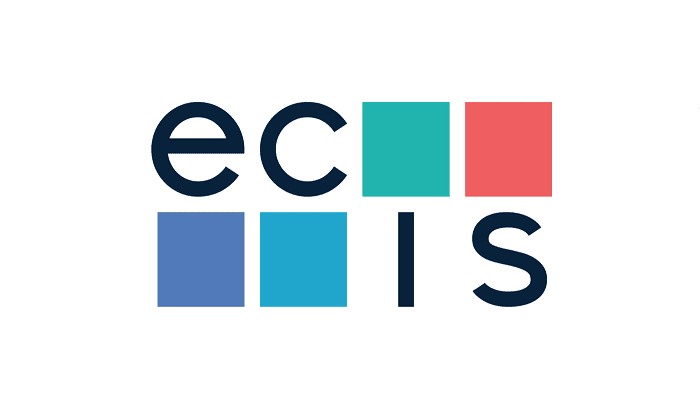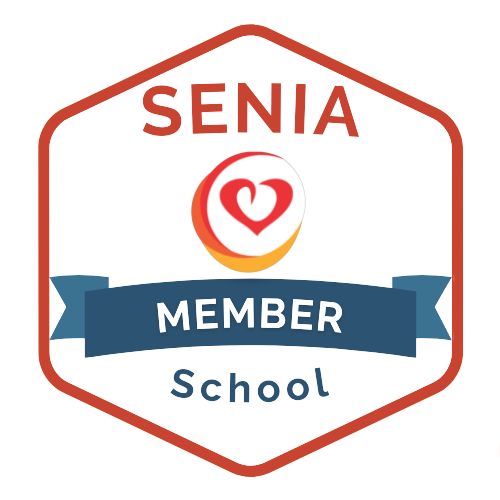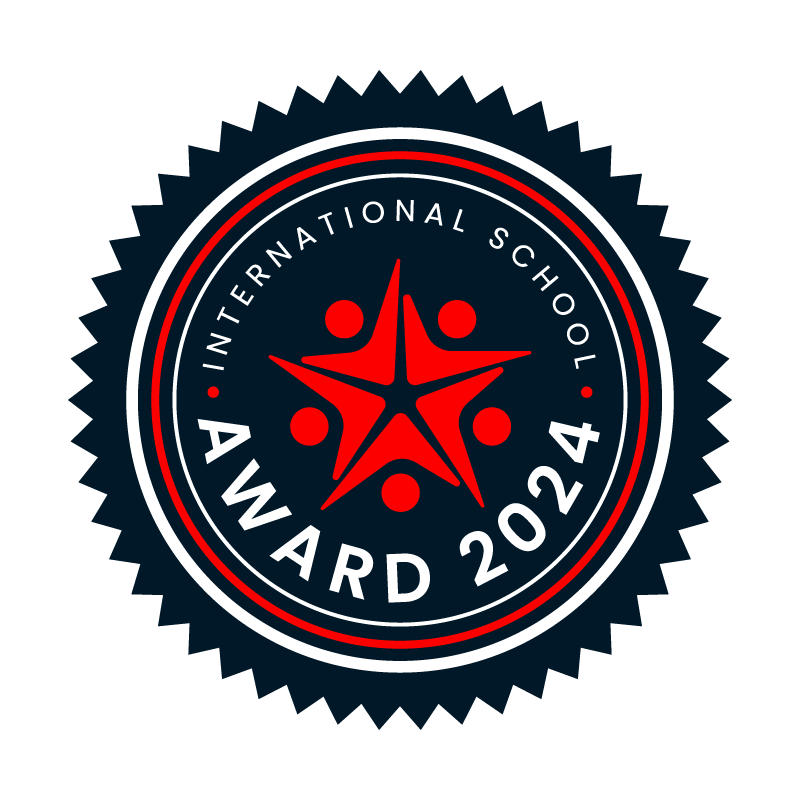

Thomas Hammerlund
MYP/DP Inclusion Support Teacher
Talking to your child about Artificial Intelligence
Since November 2022 when ChatGPT was released to the world, it’s seemed that AI has been everywhere in the news. Since then, AI has become a force in technology and has taken the world by storm. We have already seen examples of its uses in different fields from history, archaeology, and law enforcement. More urgently, universities are starting to partner with AI companies, which will further their adoption.
As AI continues to grow, it is important to have conversations with young people about their relationship with AI. The MIT Technology Review offers some guidance for parents with 6 points to talk about:
- AI is not your friend,
- AI is not a replacement for search engines,
- You might be accused of using AI even though you have not used it,
- Systems are designed to get you hooked and might show you bad stuff,
- Use AI safely and responsibly,
- Don’t miss out on what AI’s actually good at.
AI is not your friend
AI technologies have been programmed to sound human. In their answers they look back at their programming and predict the next most logical word. These AI models have become scarily good, so it is important for children (and adults!) to keep this in mind when using AI tools. This is especially important when using a site like character.ai where you can chat with different personalities and users can even make their own.
AI is not a replacement for search engines
There are only a few AI tools that are connected to the internet, so when asking for information about current events. AI tools are programmed to please the user, so when answering, they might hallucinate, or, make things up.
When talking with young people, remind them to check the information they read. Can they find other stories about it with a web search? Have they heard adults talking about it? Verifying information is more important than ever.
You might be accused of using AI even though you have not used it
If a student produces a piece of work that does not match their performance in the classroom or their past work, teachers look for answers. With AI being prevalent, that is the first thought many teachers have. This is why is is important to have notes or draft work that shows your work is your own. If you can show that, most teachers will be appreciative. It might also help to show your teacher your work throughout your process. This can be as simple as asking a teacher to help, even when you do not need help, to show the teacher what you are doing.
Systems are designed to get you hooked and might show you bad stuff
Talk to your child about algorithms and how these technology tools are designed to be addictive. Companies like YouTube use powerful algorithms to give their users recommendations that keep them on their platform for a longer period of time. After understanding that this is how these companies make money, and that time on site equals greater profits, I imagine more children will become mindful of their habits.
Use AI safely and responsibly
There are many kinds of text-based, image-based, video-based AI tools. With images, come potential risks with inappropriate content. Some AI tools without guard rails can generate images you might not want them to see. Talk to children about using AI responsibly.
Don’t miss out on what AI’s actually good at
AI is better at some tasks than others. AI tools can create essays and articles, but the writing can be a little redundant. AI tools are better for brainstorming, organizing, finding connections, and finding out what ideas you might be missing. After telling AI my problem, I sometimes ask it to tell me what I might be forgetting or missing. Doing this helps me to use AI more as a thought partner than a blunt tool.
It’s a matter of having a trusting relationship
At OYIS, we believe in having open and honest communication about technology from an early age. These conversations should start when children are young, but can begin at any age. Have frequent conversations with your child about technology and model for positive ways to use technology for your children.

